
cook better meat
A recipe haven for the home chef, packed with inspiration from traditional British cuisine to flavours from around the world
Seasonal Favourites
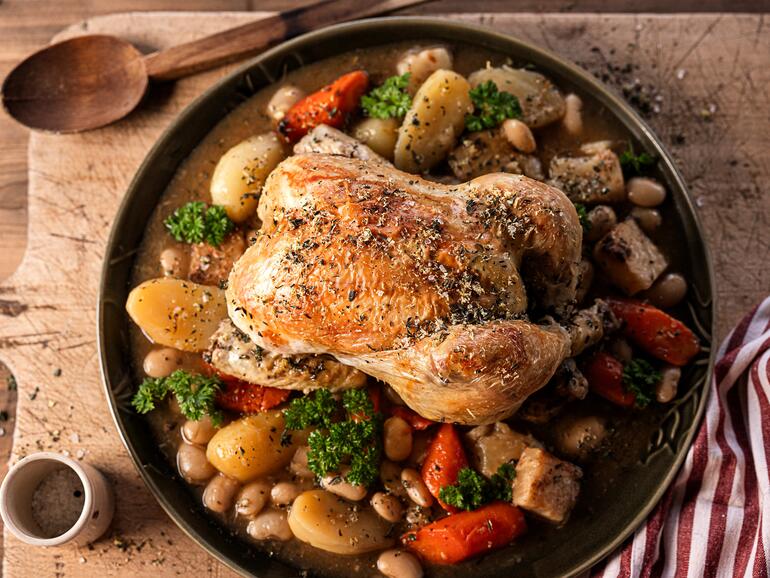
How To Cook pot roast chicken French style
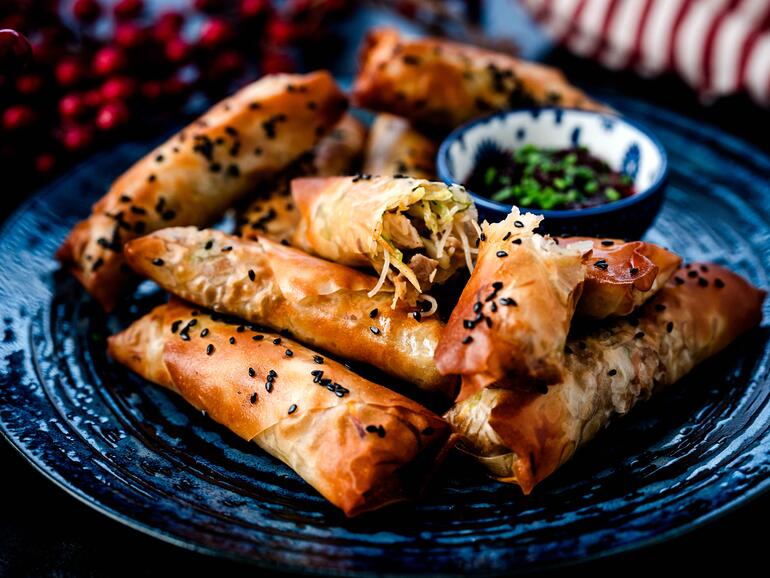
How To Cook Turkey crackers (aka spring rolls)
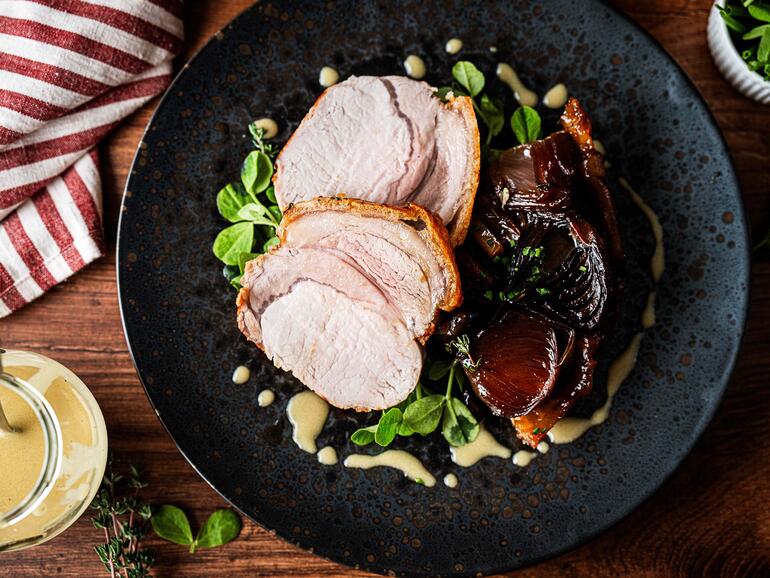
How To Cook Roast pork, Onion tarte tatin & Sherry vinaigrette
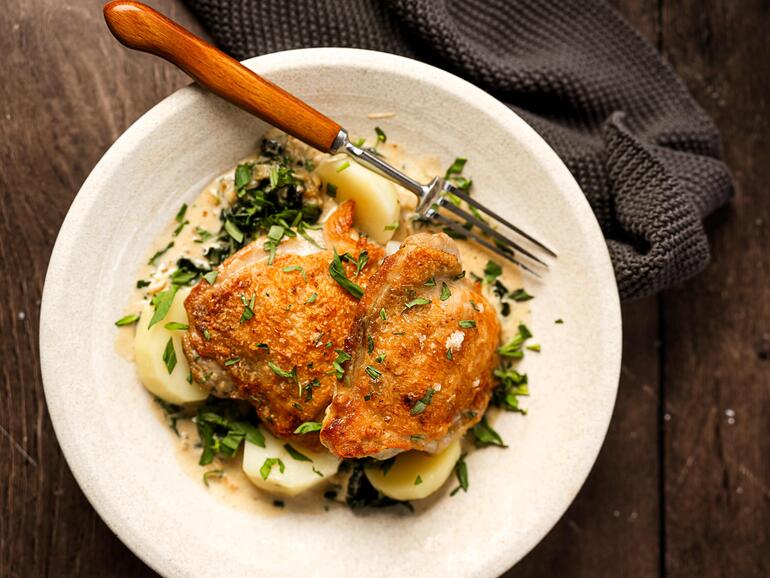
How to cook chicken in tarragon cream
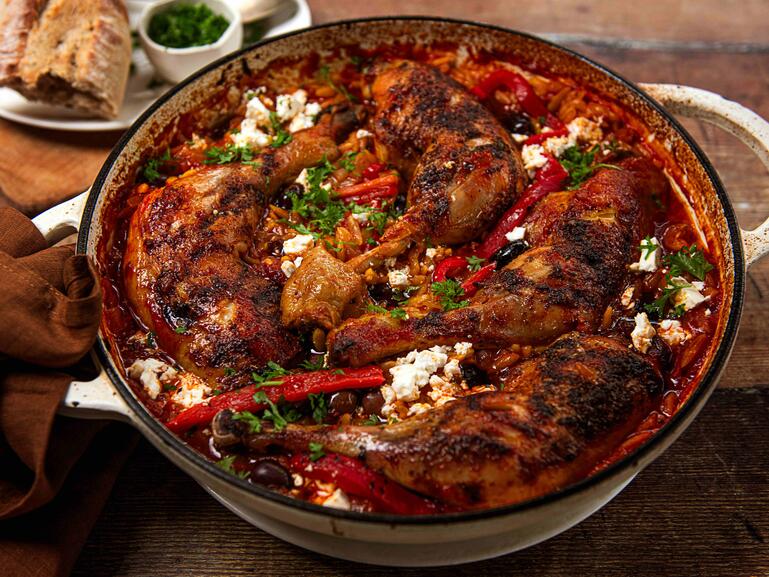
How To Cook One Pot Chicken With Orzo
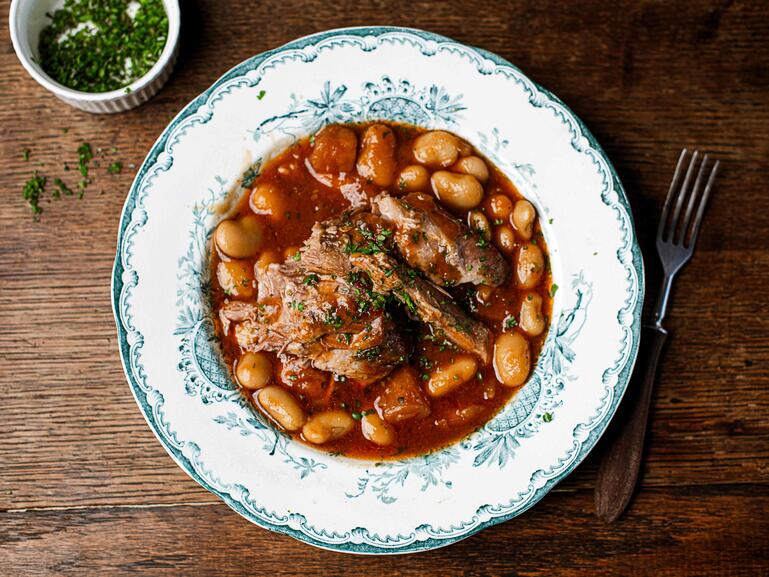
How To Cook 5 Hour Lamb Shoulder With Butter Beans
best selling meat products


Sirloin Steak - 32 Day Dry Aged
Sirloin Steak - 32 Day Dry Aged

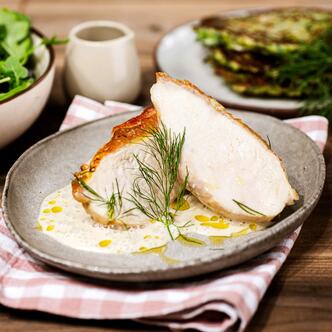
Chicken Breasts Skinned & Boned
Chicken Breasts Skinned & Boned


Grass Fed Beef Mince - Family Choice
Grass Fed Beef Mince - Family Choice


Steak & Bone Marrow Burger
Steak & Bone Marrow Burger


The Nidderdale Sausage
The Nidderdale Sausage

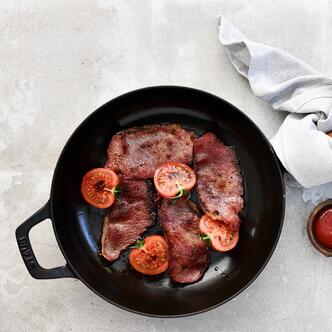
Ripon Cathedral Back Bacon Unsmoked
Ripon Cathedral Back Bacon Unsmoked

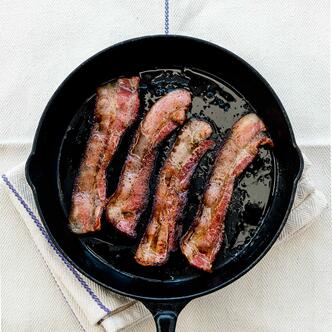
Ripon Cathedral Streaky Bacon Smoked
Ripon Cathedral Streaky Bacon Smoked


The Classic Beef Wellington for 2


authentic Japanese Chopsticks
authentic Japanese Chopsticks


F&Co Acacia Spatula
F&Co Acacia Spatula

